Dive Details
Location
Date
Sunday 1 March 2015
Time
1:28pm - 2:40pm
Details
It was even calmer today at The Leap compared to yesterday. We were all able to jump in from the low shelf. Once we were ready, we descended and I led Aurora and Andrey at around 60°. We ended up near the end of the wall which we dropped over and along the sand line to Pygmy Rock. The visibility was over 10 metres.
At Pygmy Rock I managed to find two pygmy pipehorses, one was definitely one of the 4 I'd seen yesterday and I manage to get photos of it. The other one was probably one of those I'd seen yesterday but its orientation made it difficult to photograph and I didn't even try. There was also a tiny reaper cuttlefish on the same rock.
We couldn't stay long because we were all on air and Aurora and Andrey had already dived today. We headed off towards Seahorse Rock. I looked at the rock behind Seahorse Rock and was worried because I could not see "Rosie" anywhere. Andrey let me know that he and Aurora were getting close to their non-decompression limit and would have to move on. Just as they were leaving I spotted "Rosie" and a pregnant male below the rock on some kelp. I tried to signal Andrey to come back to look at them but he was too far away. I coaxed both seahorses on to the rock so they wouldn't get swept away on the kelp. On closer look at the male seahorse (and checking the photographs later), I realised it was "Pierre". He must have moved from the other location once "Southern Cross" was gone. He is very pregnant and I suspect that "Southern Cross" is the mother because he was seen at the other location 3 weeks ago and I don't think he could get that pregnant that quickly. (A study of H. abdominalis in New Zealand suggested a brood duration of 24-69 days but it was dependent on temperature.)
After leaving the seahorses I didn't bother looking for "Pierre" and the other location as I was confident I had already seen him. I found one weedy seadragon before I got to Seadragon Alley. It was a male (without eggs) that I had seen before.
As I swam through Seadragon Alley I saw 4 weedies, all males without eggs and all individuals I had seen previously.
I continued along the sand line and saw another weedy seadragon next to the basket star. I followed the sand line all the way to the rock I'd first seen "Big John", the orange form red-fingered angler, and then I headed to the boulders, hitting them just before the Plesiastrea colonies. I did my safety stop and then exited at The Steps just before the big winds came through.
Buddy
Andrey and Aurora
Seas
Slight
Visibility
5-10+ metres
Duration
71 minutes
Maximum depth
21.3 m
Average depth
15.6 m
Water temperature
18.5°C
Dive Profile from Citizen Hyper Aqualand

Tides at Botany Bay AEDT
Note that tides at dive site may vary from above location.
High
6:21am
1.55m
Low
1:07pm
0.53m
High
7:04pm
1.26m
Camera gear
Camera
Nikon D7000
Lens
Nikon AF Micro-Nikkor 60mm f/2.8D
Housing
Ikelite 6801.70
Lens port
Ikelite Flat Port 5502.41
Strobe
2 x Ikelite SubStrobe DS161
Photographs
Depth information, where present, indicates the depth of the camera when the photograph was taken and can be used to approximate the depth of the subject.
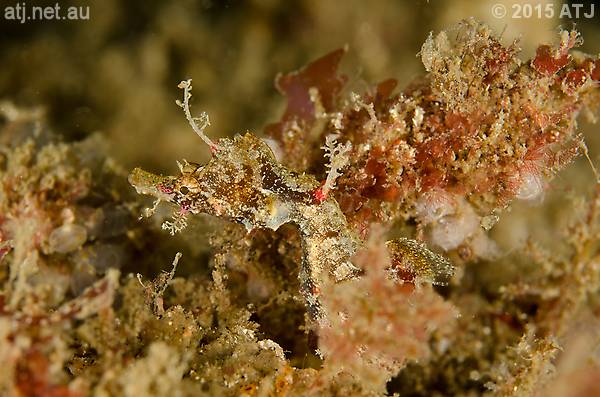
Sydney pygmy pipehorses, Idiotropiscis lumnitzeri. 20.4 m.
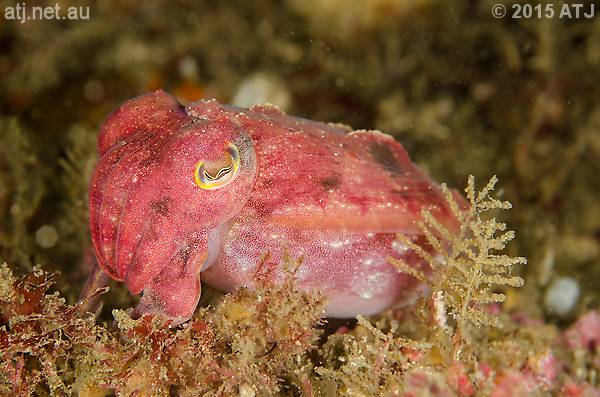
Reaper cuttlefish, Sepia mestus. 20.5 m.
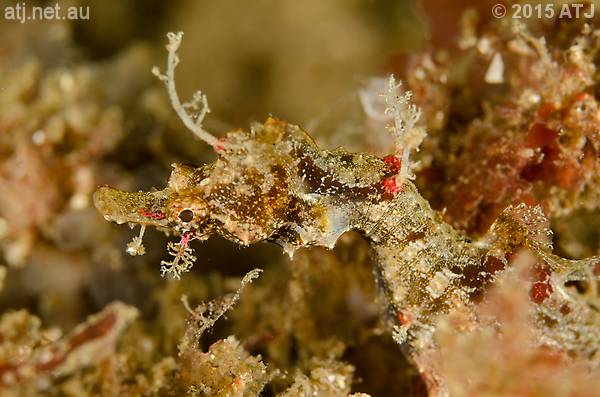
Sydney pygmy pipehorses, Idiotropiscis lumnitzeri. 20.3 m.

Eastern smooth boxfish, Anoplocapros inermis. 20.7 m.

Male pot-bellied seahorse, Hippocampus abdominalis, ("Pierre"). 19.4 m.
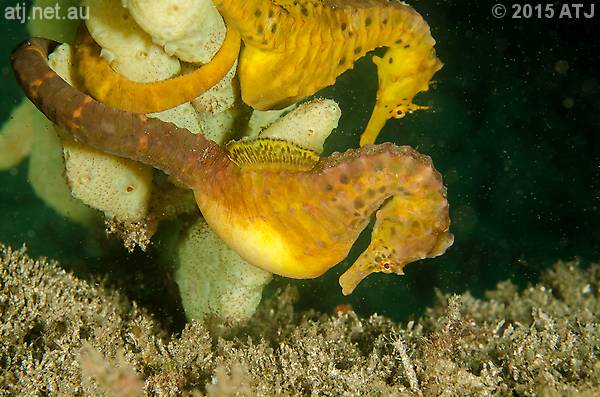
Pot-bellied seahorses, Hippocampus abdominalis, ("Pierre" and "Rosie"). 19.3 m.
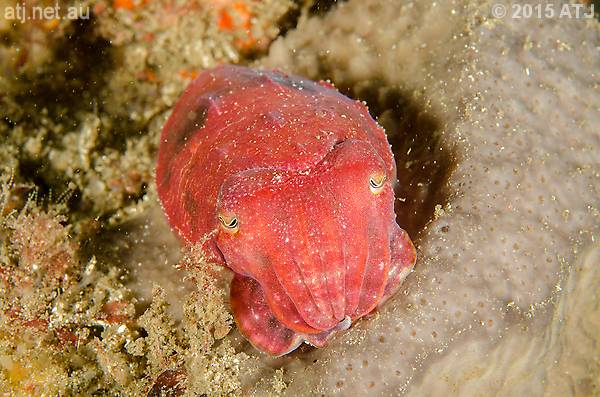
Reaper cuttlefish, Sepia mestus. 19.6 m.
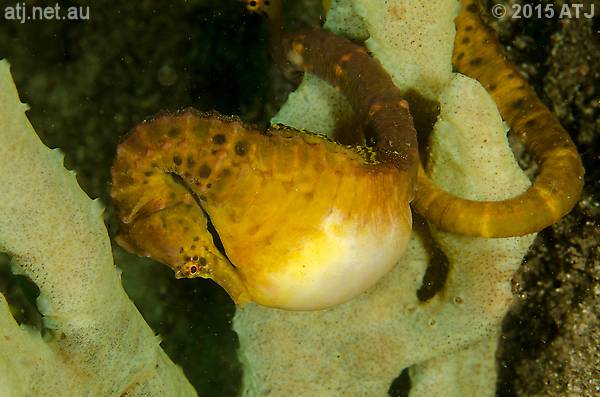
Male pot-bellied seahorse, Hippocampus abdominalis, ("Pierre"). 19.5 m.
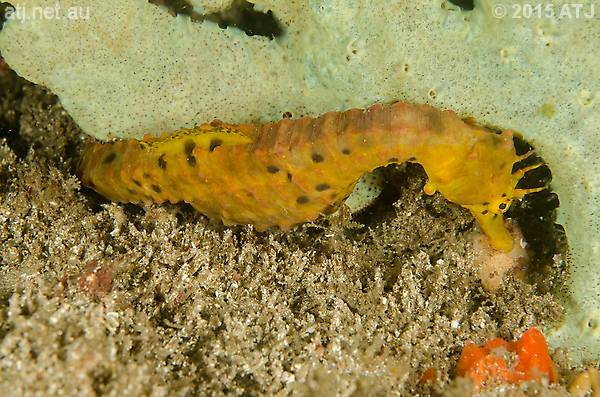
Female pot-bellied seahorse, Hippocampus abdominalis, ("Rosie"). 19.4 m.

Male pot-bellied seahorse, Hippocampus abdominalis, ("Pierre"). 19.4 m.
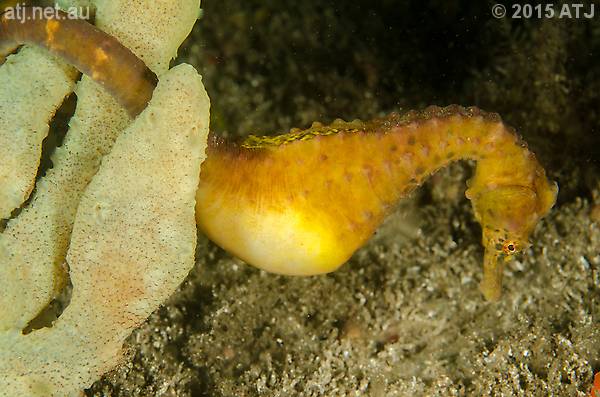
Male pot-bellied seahorse, Hippocampus abdominalis, ("Pierre"). 19.5 m.

Common Sydney octopus, Octopus tetricus. 18 m.
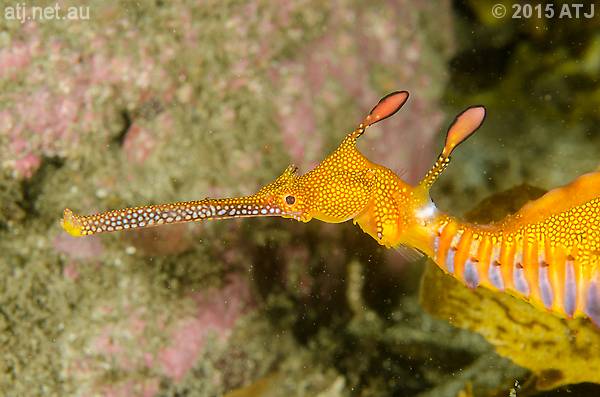
Weedy seadragon, Phyllopteryx taeniolatus. 18.1 m.

Weedy seadragon, Phyllopteryx taeniolatus. 18.1 m.

Weedy seadragon, Phyllopteryx taeniolatus. 17 m.

Weedy seadragon, Phyllopteryx taeniolatus. 16.4 m.
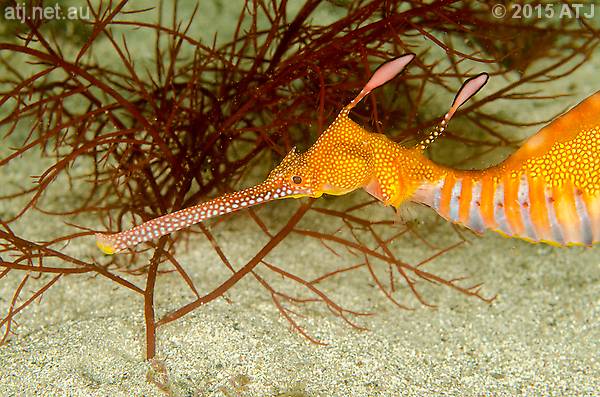
Weedy seadragon, Phyllopteryx taeniolatus. 15.7 m.
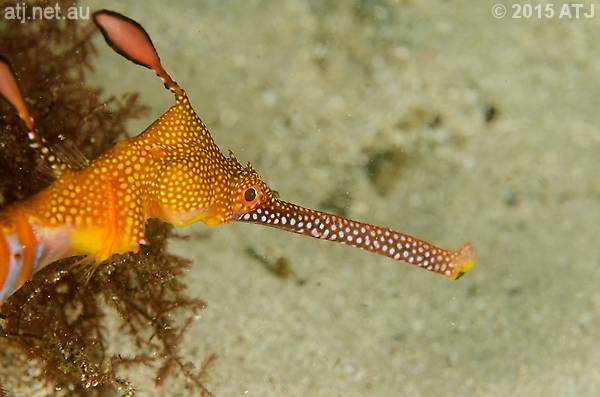
Weedy seadragon, Phyllopteryx taeniolatus. 15.7 m.

Weedy seadragon, Phyllopteryx taeniolatus. 14.4 m.
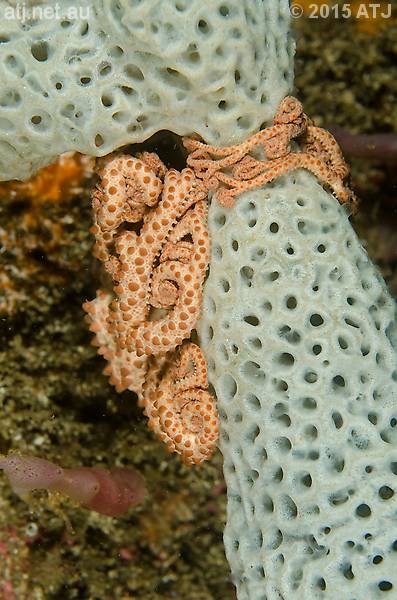
Basket star, Astrosierra amblyconus. 12.8 m.
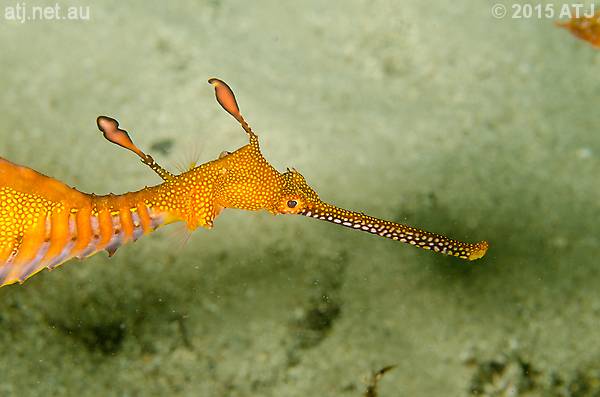
Weedy seadragon, Phyllopteryx taeniolatus. 13.7 m.

Weedy seadragon, Phyllopteryx taeniolatus. 13.8 m.
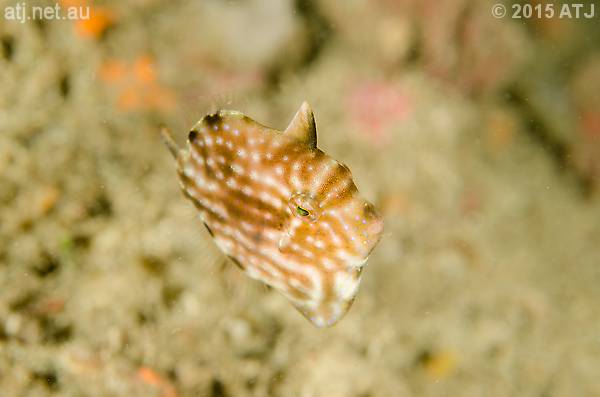
Pygmy leatherjacket, Brachaluteres jacksonianus. 11.8 m.